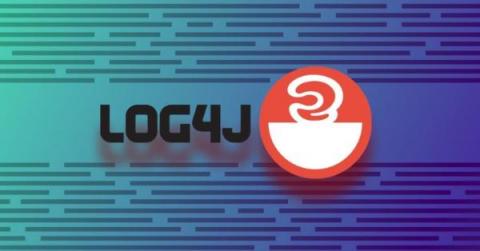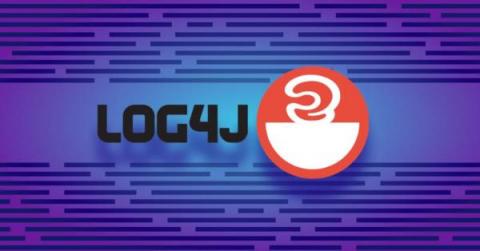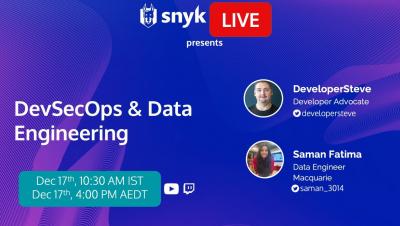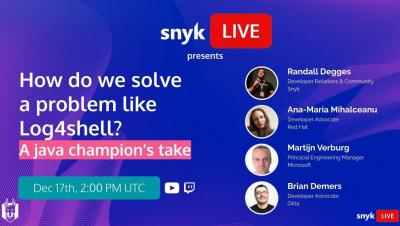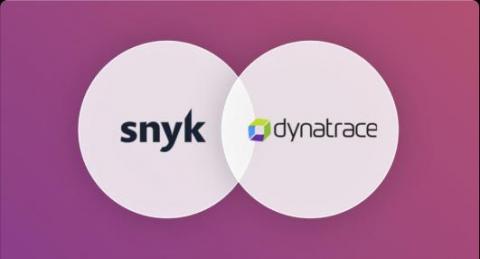Security | Threat Detection | Cyberattacks | DevSecOps | Compliance
Snyk
Snyk makes it easier to fix Log4Shell with extended free scans
Due to the recently discovered Log4Shell vulnerability, and to support the tremendous effort being mounted by the community to address it, we are happy to announce that we are increasing the free test limit in Snyk Open Source! This means that any developer, no matter the company or project, can now use Snyk Open Source to find and fix Log4Shell with double the number of free tests, whether it’s within your IDE, your Git repositories, CI environments, or using the Snyk CLI.
Log4j 2.16 High Severity Vulnerability (CVE-2021-45105) Discovered
Overnight, it was disclosed by Apache that Log4j version 2.16 is also vulnerable by way of a Denial of Service attack with the impact being a full application crash, the severity for this is classified as High (7.5). Snyk is currently not aware of any fully-fledged PoCs or exploits in circulation. CVE-2021-45105 has been issued, and a new fixed version (2.17) has been published by Apache which we recommend upgrading to.
DevSecOps and Data Engineering
How do we solve a problem like Log4shell?
Log4Shell Deep Dive
Snyk + Dynatrace workshop: Integrating for real-time vulnerability detection
Since 2019, Snyk and Dynatrace have partnered with a shared mission of securing the entire software development lifecycle (SDLC) and accelerating digital transformation. As many agile organizations migrate their workloads to the cloud, it’s tempting for teams to let security take a back-seat until all the pieces of the infrastructure puzzle are in place.
What has the Log4shell vulnerability taught us about application security?
Security in context: When is a CVE not a CVE?
At Snyk we have some general points of principle that we use to help guide our security thinking and decision making. Firstly, it is always important to understand from whom we are protecting, as it has implications for how we need to act. As an example of this, if our artefact is a web server, then we need to protect it against untrusted users. Whilst if our artefact is encryption software, then we clearly need to protect it even from users with physical access to the system.



